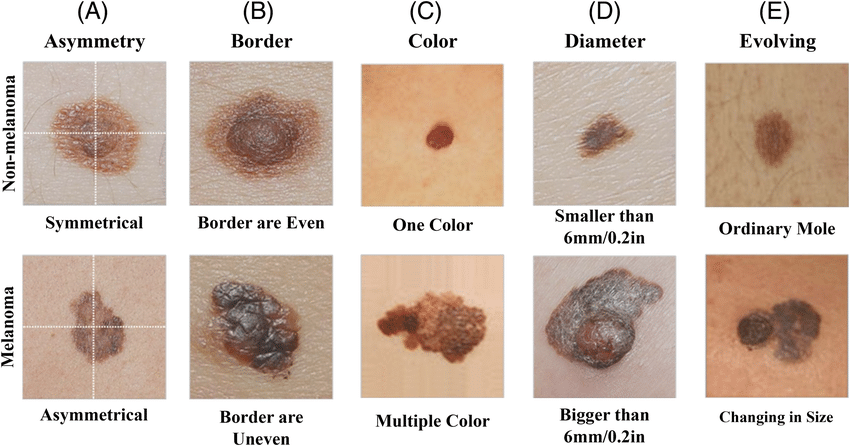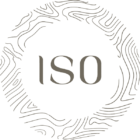Melanoma
Rough, scaly patches on the skin due to high UV radiation exposure.
Understanding Melanoma: Australia’s National Cancer
Australia has the highest melanoma rates worldwide, often called ‘Australia’s national cancer.’ It’s crucial to recognise its prevalence and severity because of its potential for early detection and successful treatment. Melanoma can spread to many body parts, commonly affecting the lymph nodes, lungs, liver, bones, and brain. Early detection is key to managing its spread effectively.
Key Statistics
- Annual Diagnoses: Approximately 16,800 Australians are diagnosed each year.
- Mortality Rate: Around 1,300 Australians die annually from melanoma.
- Most common cancer in Australians aged 20 to 39.
- Second most common in men, after prostate cancer.
- Third most common in women, after breast and colorectal cancer.
Prevention
Early detection can lead to a 90% cure rate through surgical intervention.
Significant progress has been made in the last decade, with the 5-year survival rate for advanced melanoma increasing from less than 10% to over 50%.
Detection
If you notice any changes or new spots on your skin, don’t hesitate to book a quick spot check. Dr. Tina Fang and Dr. Jack Fu are committed to addressing your concerns promptly. Even if you suspect it might be nothing, it’s always best to have it examined.
At our clinic, we use Dermatoscopy to provide a thorough assessment, ensuring that even the smallest changes are carefully evaluated. It’s always better to be safe and have any changes checked by our experts.
How to Check Your Skin
ABCDE Method of Identifying Melanoma
A for Asymmetry: One half of the spot does not match the other.
B for Border: Edges are irregular, ragged, or blurred.
C for Colour: Varies within the same spot.
D for Diameter: Larger than 6mm or growing.
E for Evolving: Any change in size, shape, colour, or symptoms such as itching or bleeding.

Image source: https://www.researchgate.net/figure/Illustration-of-ABCDE-criteria-for-skin-cancer-detection_fig2_359338536
Detection of Melanoma
Book Now. No referrals required.
Our Skin Check process is confidential, gentle and friendly to ensure patient comfort and safety throughout the whole process. Our experienced doctors will guide you and expert advice, so you can make confident and informed decisions.
Post-Treatment Care
Results and Follow-up:
Follow-up appointments are encouraged to monitor healing and address any concerns post-procedure. These consultations help manage potential complications such as infection or hypertrophic scarring effectively.

Personalised treatment with Dr. Tina Fang
Dr. Tina Fang is known for her expertise and innovative approach to Photodynamic Therapy (PDT), a treatment for skin conditions like sun damage, solar keratoses, and certain superficial skin cancers such as Intraepithelial Carcinomas (IECs) and superficial Basal Cell Carcinomas (BCCs).
Unlike set treatment protocols, Dr. Fang tailors each PDT plan to the unique needs of the patient, continually refining her methods based on patient feedback to optimize skin health outcomes.

Advantages of Photodynamic Therapy
At ISO Skin Cancer and Laser Clinic, our commitment to expertise, compassion, innovation, and integrity drives everything we do to ensure the highest quality of care for our patients.
Recovery Time
PDT typically results in abc out 5 days of redness and irritation, compared to the discomfort extending over 4-6 weeks with topical chemotherapy creams.
Effectiveness
PDT has an approximate clearance rate of 80%, while traditional topical treatments like Efudix have a completion rate of about 75%. Laser-assisted PDT can further increase this rate to approximately 85%.


